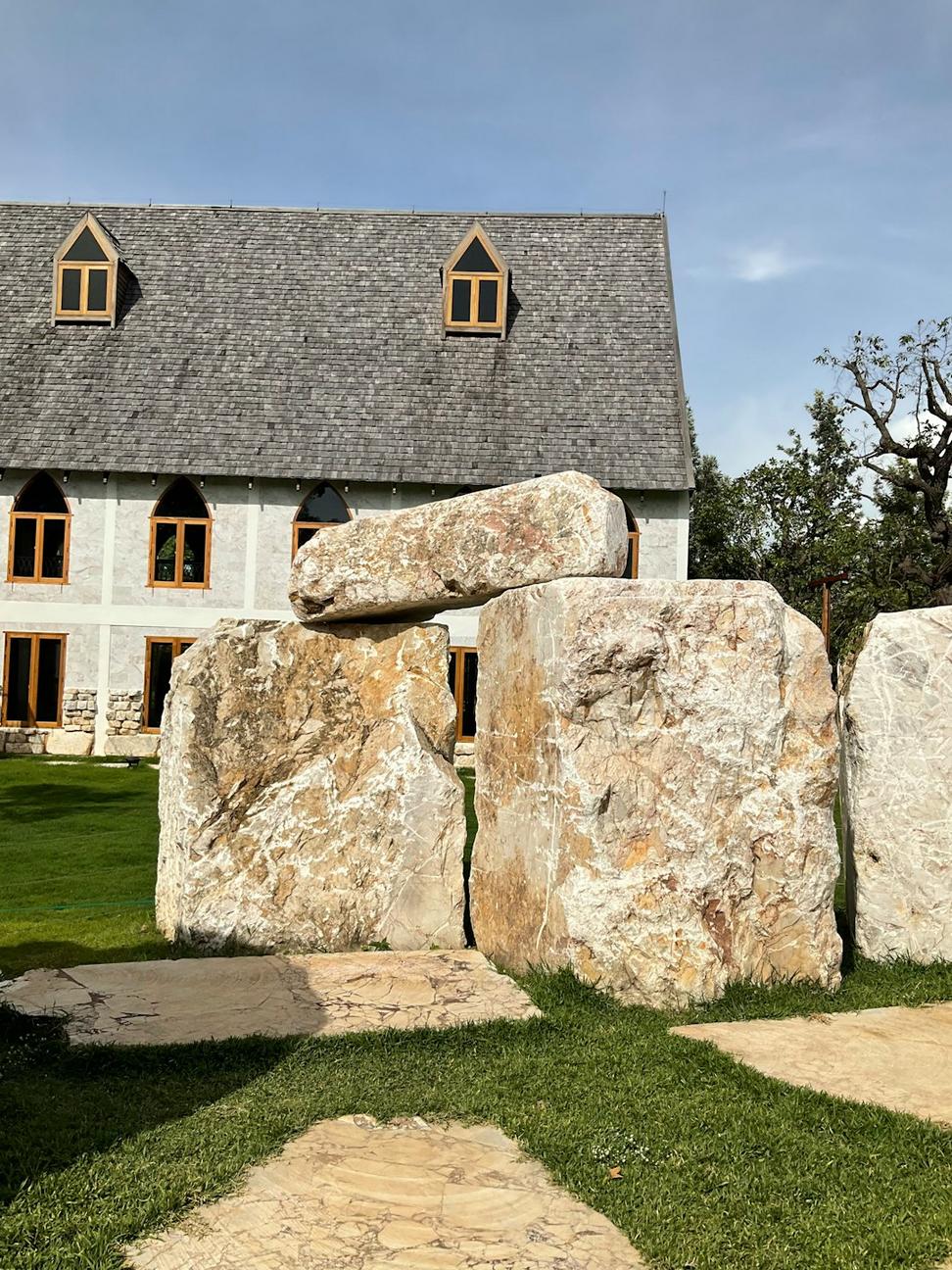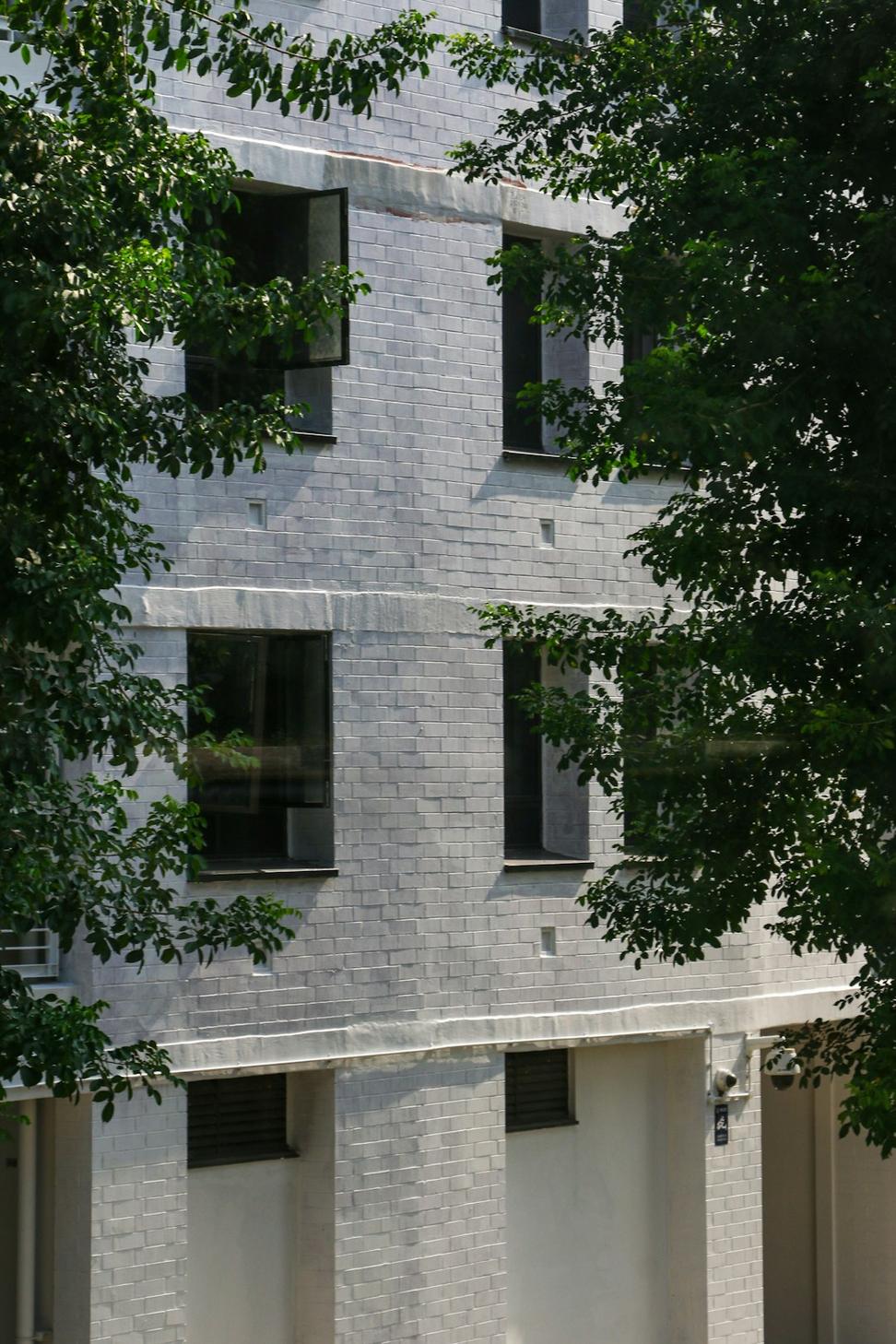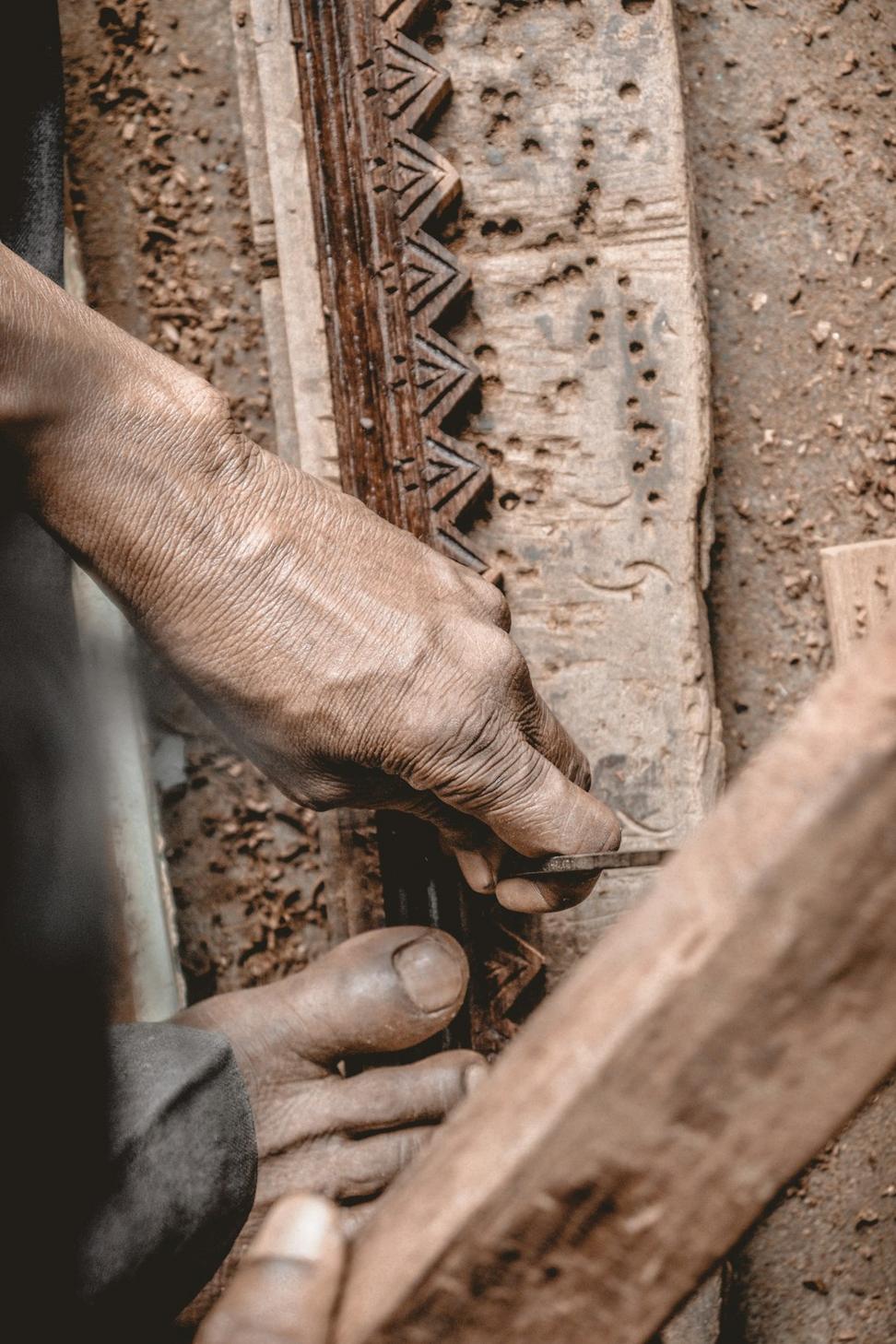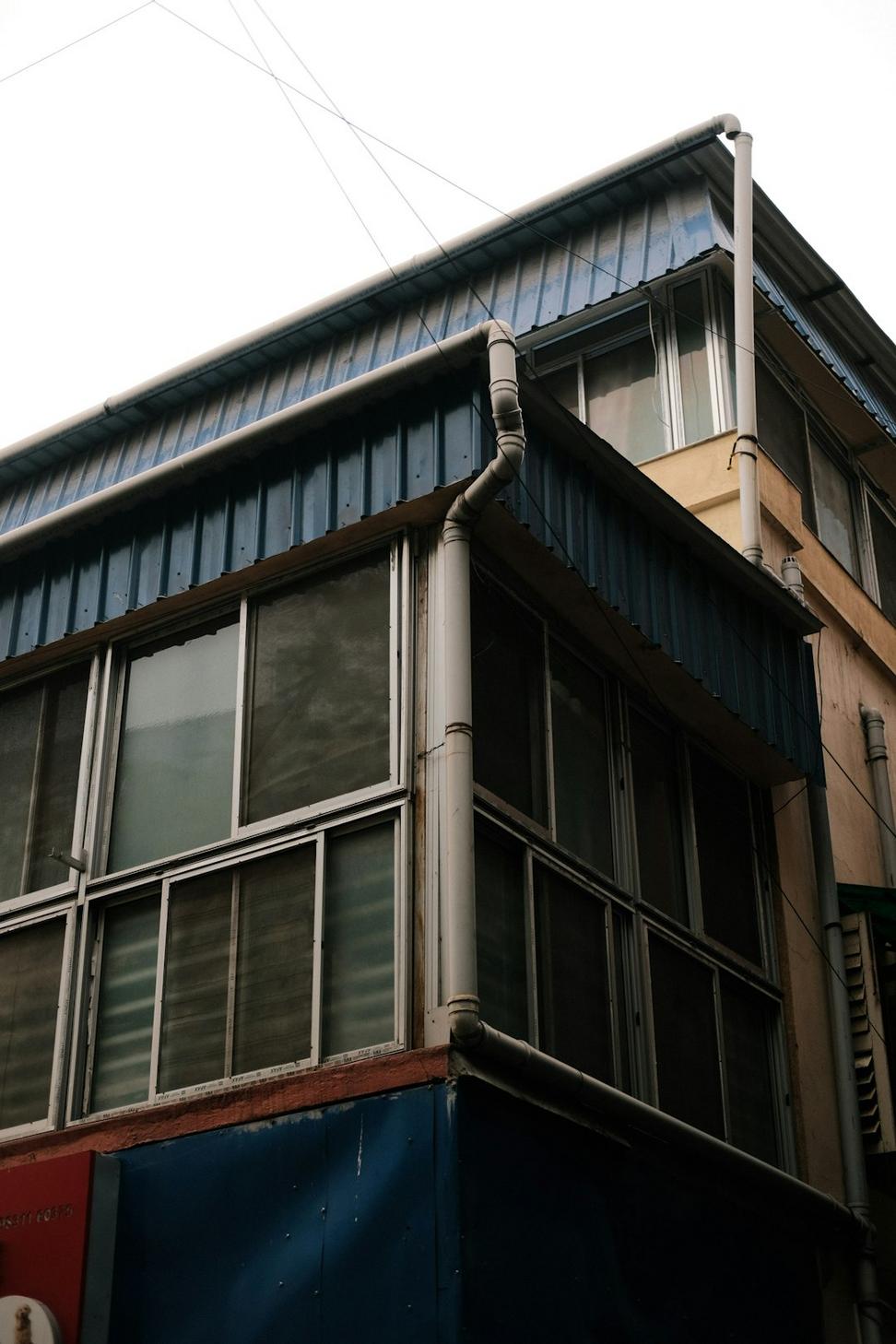
Our Story
Where old-world craftsmanship meets tomorrow's sustainability

Back in 2012, I was standing in what used to be a 19th-century stone mill outside Reykjavik, and something just clicked. The walls – thick, silent, unmovable – had outlasted everything around them. Yet nobody seemed to care about integrating that kind of permanence into modern builds anymore.
I'd spent years doing cookie-cutter residential projects, the kind where you swap out floor plans like trading cards. Don't get me wrong, they paid the bills. But they felt... disposable. After that trip to Iceland, I couldn't shake the feeling that we'd lost something fundamental in our rush to build faster and cheaper.
So I packed up, moved to Vancouver, and started Obsidian Runelands with a simple idea: what if we designed buildings that weren't just sustainable on paper, but actually built to last centuries? What if we borrowed from those old Nordic techniques – the ones that understood stone, wind, and cold – and married them to modern green tech?
Turns out, plenty of folks were asking the same questions. We've grown from just me and a drafting table to a team of twelve, but we've kept that original obsession intact. Every project still gets the same treatment: how can we make this thing beautiful, sustainable, and strong enough that someone's great-great-grandkids will still be using it?
- Magnus Thorvald, Principal Architect & Founder
These time-lapse sequences show our projects from foundation to finish. No shortcuts, no fluff – just honest craftsmanship over months of real work.
We're a weird mix of old-school stonemasons, LEED-certified designers, and folks who just really love figuring out impossible site conditions. Here's the crew:

Lead Sustainability Designer
Former green building consultant who got tired of advising and decided to actually build the stuff. She's the reason our projects consistently hit net-zero targets without looking like science experiments.

Master Stone Consultant
Third-generation stonemason from Norway who moved here in 2015. If you need to know whether a particular granite can handle coastal weather patterns, Erik's your guy. He's forgotten more about stone than most of us will ever learn.

Heritage Restoration Specialist
Trained in restoration architecture at UBC and somehow ended up loving the detective work of figuring out how century-old buildings were actually constructed. She's saved more than a few projects from becoming expensive mistakes.
We're always up for unusual sites, challenging renovations, or builds that need to last beyond the next real estate cycle. Let's talk about what you're trying to create.
Design fads come and go, but a well-placed stone wall or properly oriented window? That's forever. We're not interested in creating Instagram moments – we're building structures that'll make sense in 2125.
Green certifications are great, but they don't mean much if the building falls apart in 30 years. Real sustainability means using materials and techniques that won't need replacing every generation. That's where the old ways still teach us plenty.
When we work on heritage projects, we're not trying to make old buildings look new. We're trying to understand what made them work in the first place, then extend that life another hundred years with techniques their original builders would recognize.
Stone looks like stone, wood looks like wood. We're not hiding structure behind drywall or pretending veneers are solid mass. What you see is what's actually holding the building up – and that's how it should be.